انفعالات آشپزی؛ علم شیمی در آشپزی روزانه
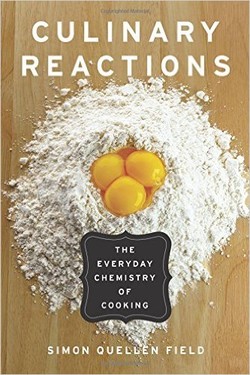
هر زمان که شما یک دستور غذا را دنبال میکنید یا آن را تغییر میدهید، شما در حال تجربه کار با اسیدها و بازها، امولسیونها و سیستمهای تعلیق، ژلها و فومها هستید.
شما در آشپزخانه خود ماهیت پروتئینها، ترکیبات متبلور را تغییر میدهید ، باعث واکنش آنزیمها با لایههای زیرین میشوید، و میتوانید با شناخت باکتریها و قارچهای مضر زندگی عاری از میکروبهای مضر را از بین ببرید.
در کتاب انفعالات آشپزی برخلاف یک آزمایشگاه، شما میتوانید آزمایشهای خود را به منظور بررسی فرضیههای خود بخورید. شما در این کتاب پاسخ سوالاتی اصلوی در رابطه با آشپزی را پیدا خواهید کرد مانند:
چطور تغییر نسبت آرد، شکر، مخمر، نمک، کره و آب بر بالا آمدن نان تاثیر میگذارد؟
چرا ساخته شدن کرم با اکسید نیتروژن بیشتر از دی اکسید کربن طرفدار دارد؟
شما در آشپزخانه خود ماهیت پروتئینها، ترکیبات متبلور را تغییر میدهید ، باعث واکنش آنزیمها با لایههای زیرین میشوید، و میتوانید با شناخت باکتریها و قارچهای مضر زندگی عاری از میکروبهای مضر را از بین ببرید.
در کتاب انفعالات آشپزی برخلاف یک آزمایشگاه، شما میتوانید آزمایشهای خود را به منظور بررسی فرضیههای خود بخورید. شما در این کتاب پاسخ سوالاتی اصلوی در رابطه با آشپزی را پیدا خواهید کرد مانند:
چطور تغییر نسبت آرد، شکر، مخمر، نمک، کره و آب بر بالا آمدن نان تاثیر میگذارد؟
چرا ساخته شدن کرم با اکسید نیتروژن بیشتر از دی اکسید کربن طرفدار دارد؟
سال انتشار: 2011 | 288 صفحه | حجم فایل: 5 مگابایت | زبان: انگلیسی
Culinary Reactions: The Everyday Chemistry of Cooking
نویسنده
Simon Quellen Field
ناشر
Chicago Review Press
ISBN10:
1569767068
ISBN13:
9781569767061
قیمت: 16000 تومان
برچسبها: علم آشپزی When you're cooking, you're a chemist! Every time you follow or modify a recipe you are experimenting with acids and bases, emulsions and suspensions, gels and foams. In your kitchen you denature proteins, crystallize compounds, react enzymes with substrates, and nurture desired microbial life while suppressing harmful microbes. And unlike in a laboratory, you can eat your experiments to verify your hypotheses. In Culinary Reactions, author Simon Field explores the chemistry behind the recipes you follow every day. How does altering the ratio of flour, sugar, yeast, salt, butter, and water affect how high bread rises? Why is whipped cream made with nitrous oxide rather than the more common carbon dioxide? And why does Hollandaise sauce fall for "clarified" butter? This easy-to-follow primer even includes recipes to demonstrate the concepts being discussed, including Whipped Creamsicle Topping (a foam), Cherry Dream Cheese (a protein gel), and Lemonade with Chameleon Eggs (an acid indicator). It even shows you how to extract DNA from a Halloween pumpkin. You'll never look at your graduated cylinders, Bunsen burners, and beakers . . . er, measuring cups, stovetop burners, and mixing bowls . . . the same way again. Simon Field is the author of Why There's Antifreeze in Your Toothpaste, Gonzo Gizmos, and The Return of Gonzo Gizmos, and is the creator of the popular Web site www.scitoys.com.
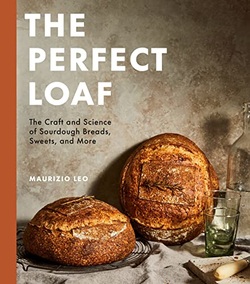
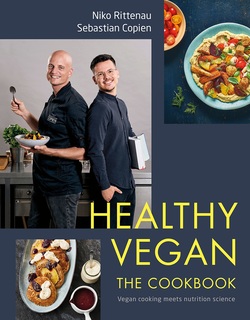
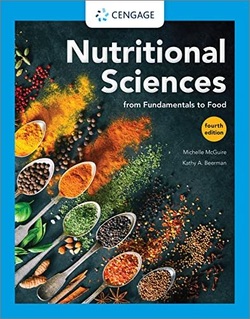
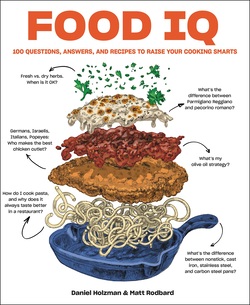

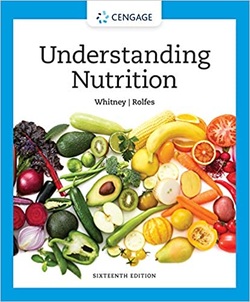
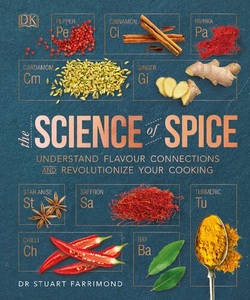

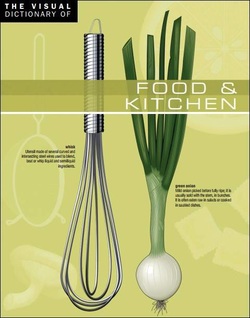
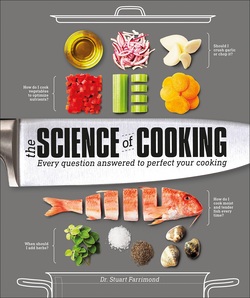
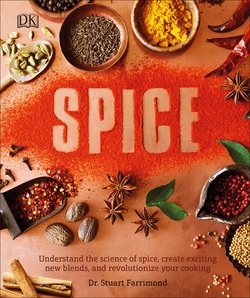
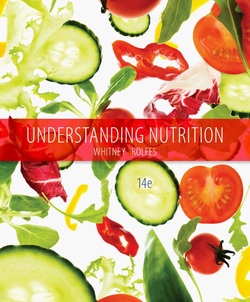
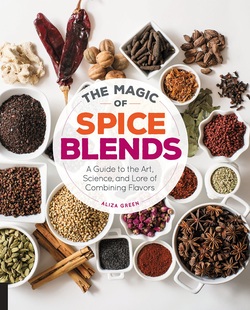
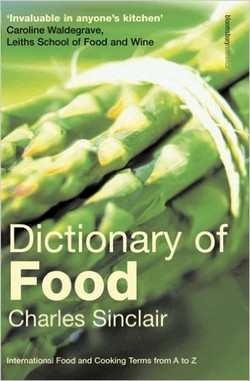
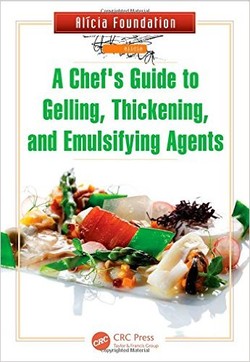
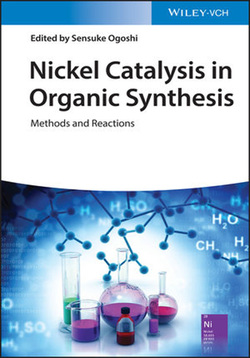
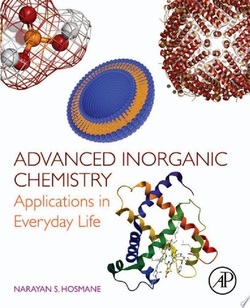
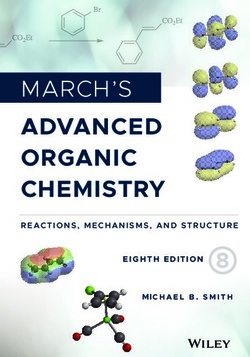

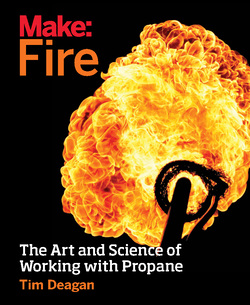
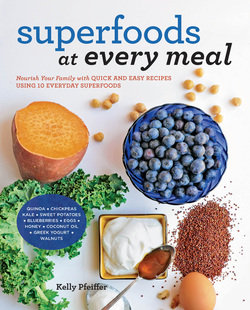

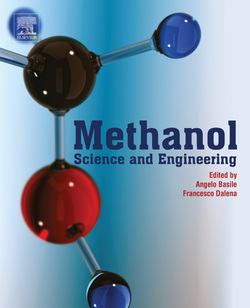







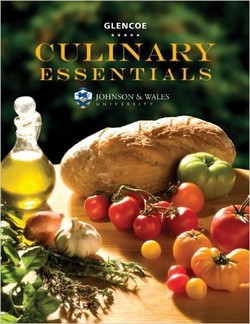
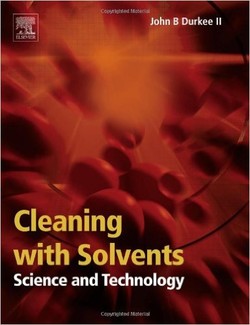
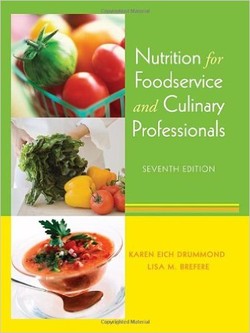



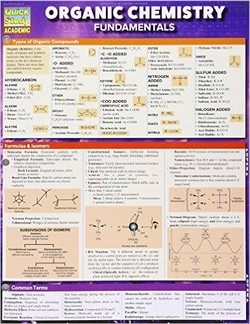

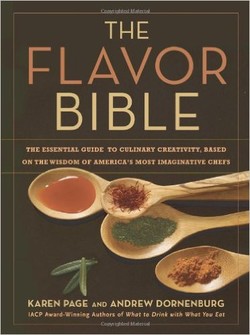

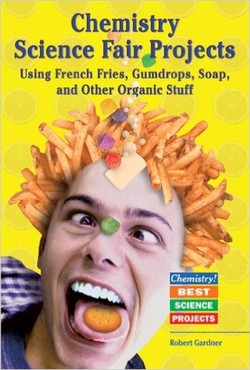
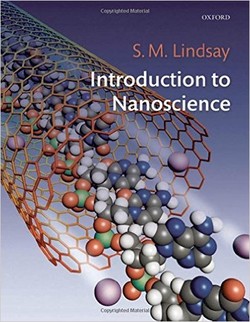
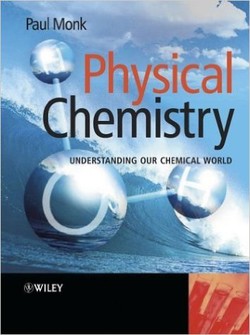




فایل آرشیو آسیب دیده ؛
خواهشا دوباره ارسال کنید.
سلام
فایل اصلاح شد.
سپاس بیکران.